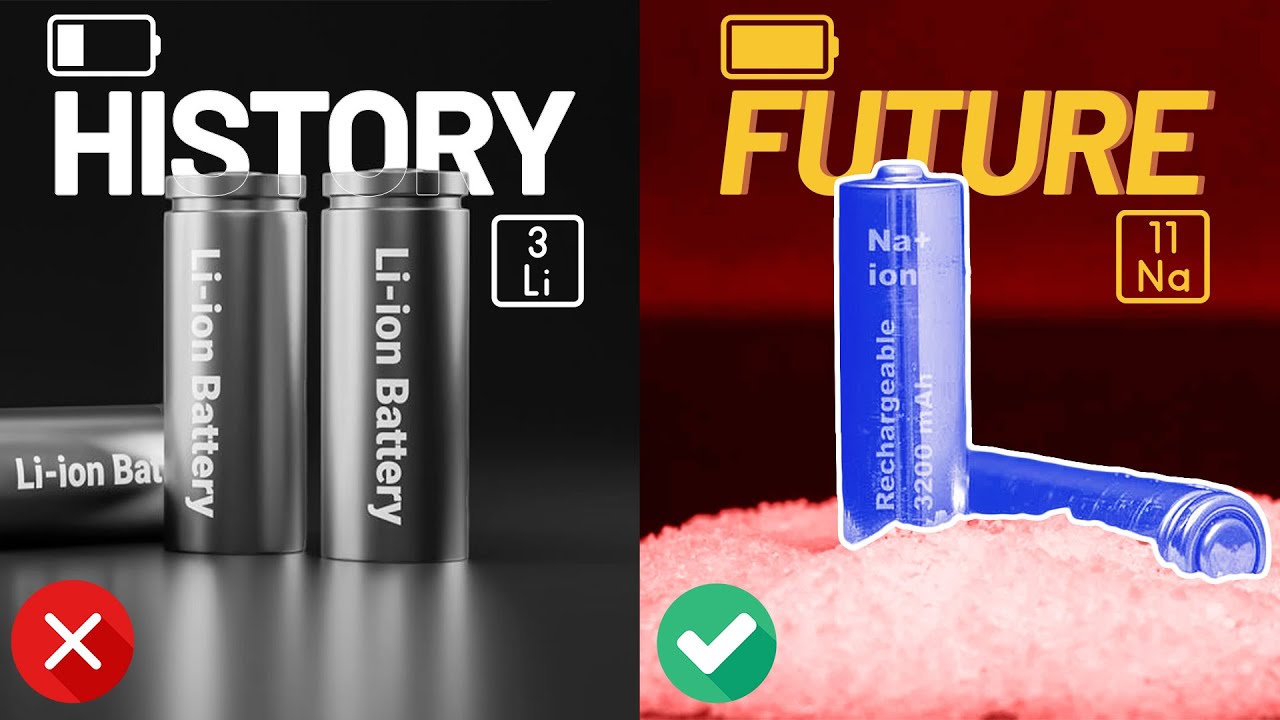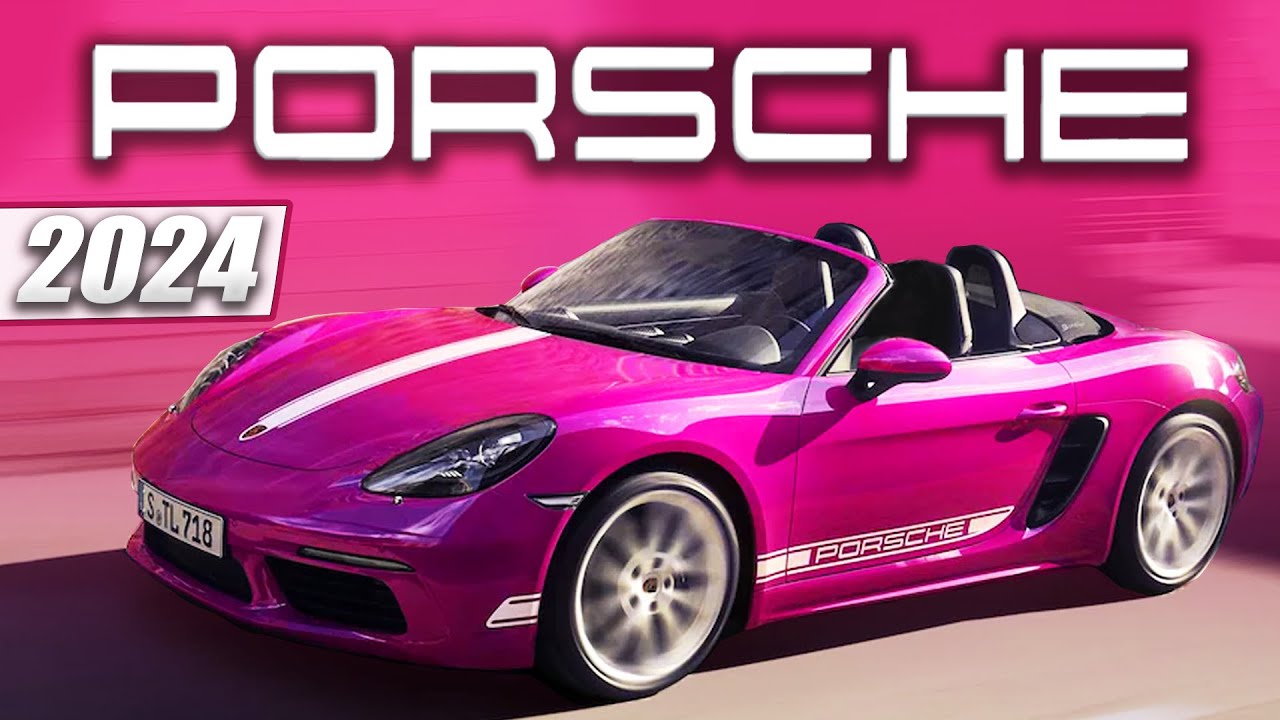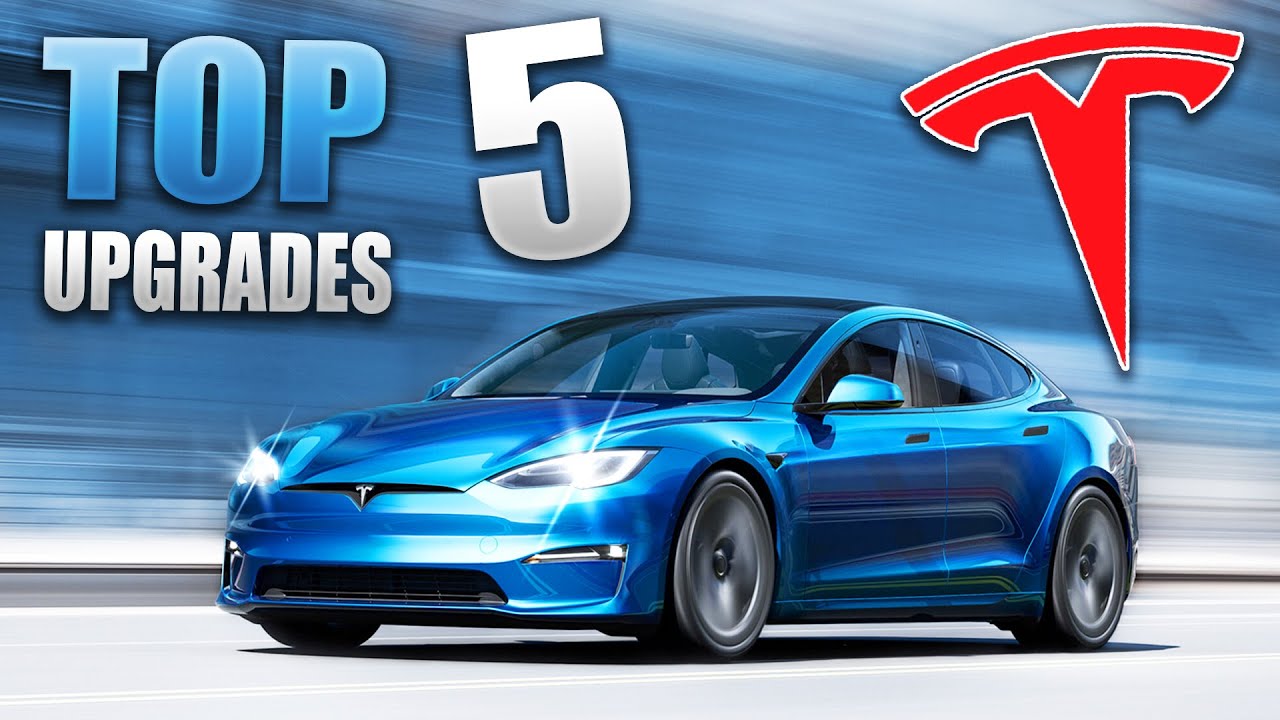There has been a lot of interest in battery technology in the last few years and for good reason. The electric vehicle market has exploded, and things will only get more interesting. Most of these are powered by lithium-ion batteries. Recently questions about whether Lithium is the best battery for electric vehicles are making people look into Sodium batteries!
So what are the differences between these two types of batteries?
Arguably the most crucial factor when determining a vehicle’s battery type is the Specific Energy Density or how much power they have per pound they weigh.
Lithium batteries win in this category because they have a 115 to 136-watt-hours-per-pound rating.
Sodium batteries are still new and have a large range. Currently, they are in the neighborhood of 34 to 90 watt-hours per pound. This is a significant difference. That means a Sodium battery pack could weigh 50 to 240 percent more than a Lithium pack, which is already pretty heavy.
So, why are we even considering them if they are a lot heavier?
First, safety.
When it comes to the news, it is easy to find a news story of someone’s car burning the house down or cars catching fire. This is because Lithium-ion batteries are not as stable as Sodium batteries. So, they pose a safety risk that Sodium batteries do not.
The second is durability.
Sodium ions are larger than lithium ions, which results in better durability and stability over time. The lower stability of lithium batteries results in more decay over time. This results in more frequent replacements.
In addition to better stability, Sodium batteries charge much faster than Lithium.
Third, environmental.
Mining lithium is very dirty. Large quantities of water and pollution, increased carbon dioxide emissions, large quantities of mineral waste, and increased human respiratory issues for the workers. According to Columbia University, 2,000 pounds of Lithium requires 132,000 gallons of water to mine. And that water is no longer drinkable.
In addition, creating one battery pack results in 70% more carbon dioxide than producing an entire vehicle.
On the other hand, Sodium isn’t an emission-free option, but it is certainly more friendly than Lithium. Sodium can be extracted from seawater and is pretty abundant. Creating a sodium-ion battery would be substantially less environmentally harmful than Lithium.
Final, cost.
Lithium-ion batteries use rare resources like Cobalt and Nickel. Because of the difficulty of mining these minerals and the massive surge in demand, these prices have rocketed over the past few years. This makes the production of lithium batteries rise.
On the other hand, Sodium batteries use inexpensive metals such as iron, aluminum, and manganese. The supply of these elements is ample enough to keep prices stable if the market was to switch power sources.
Hit the subscribe button for us!











